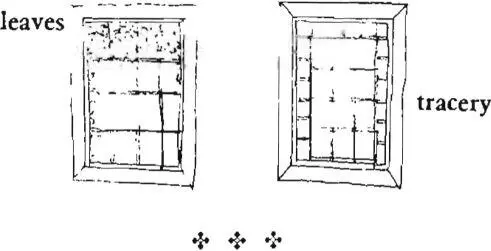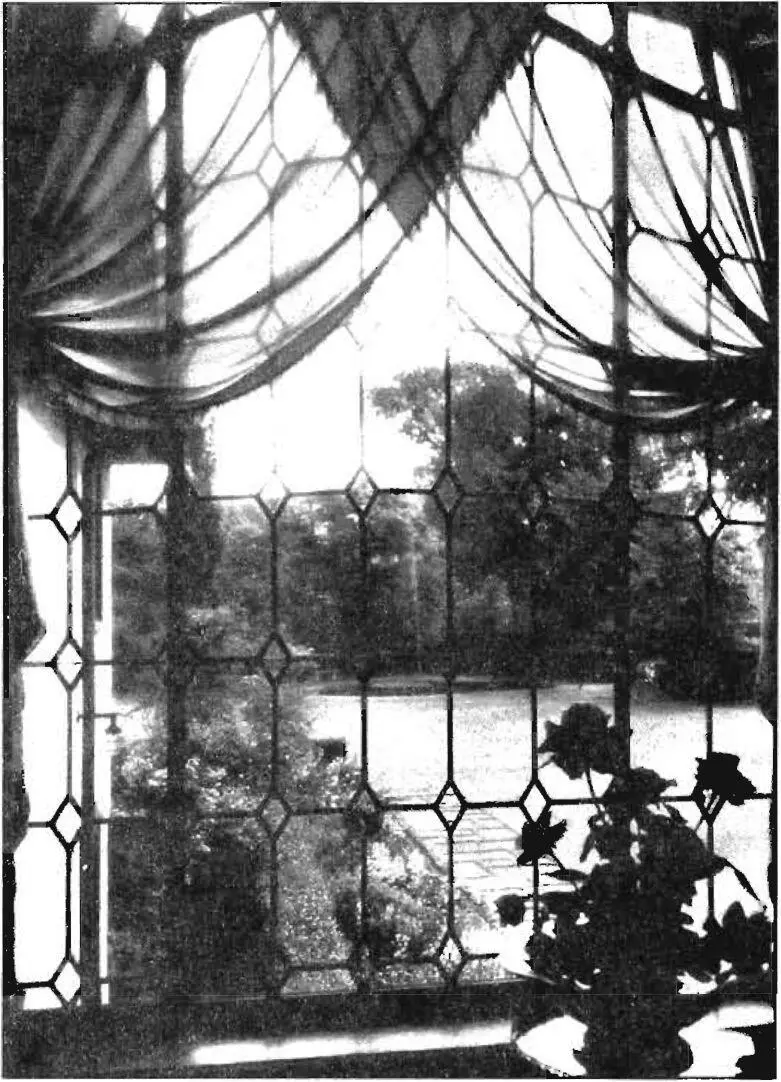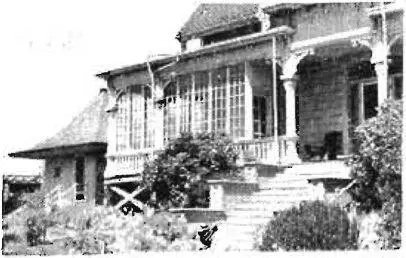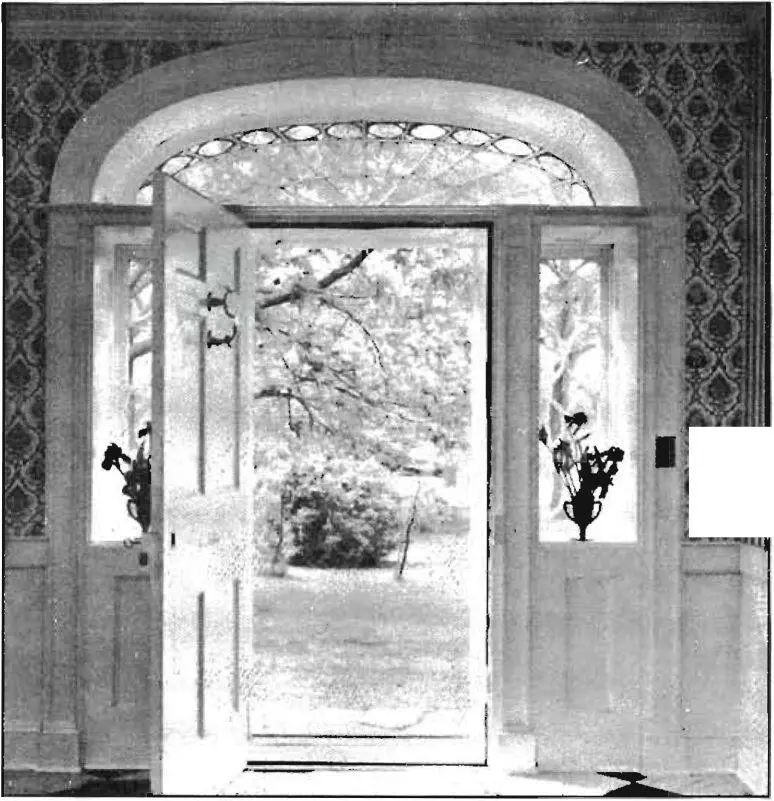Christopher alexander - A pattern language
Здесь есть возможность читать онлайн «Christopher alexander - A pattern language» весь текст электронной книги совершенно бесплатно (целиком полную версию без сокращений). В некоторых случаях можно слушать аудио, скачать через торрент в формате fb2 и присутствует краткое содержание. Жанр: Прочая научная литература, на английском языке. Описание произведения, (предисловие) а так же отзывы посетителей доступны на портале библиотеки ЛибКат.
- Название:A pattern language
- Автор:
- Жанр:
- Год:неизвестен
- ISBN:нет данных
- Рейтинг книги:3 / 5. Голосов: 1
-
Избранное:Добавить в избранное
- Отзывы:
-
Ваша оценка:
- 60
- 1
- 2
- 3
- 4
- 5
A pattern language: краткое содержание, описание и аннотация
Предлагаем к чтению аннотацию, описание, краткое содержание или предисловие (зависит от того, что написал сам автор книги «A pattern language»). Если вы не нашли необходимую информацию о книге — напишите в комментариях, мы постараемся отыскать её.
A pattern language — читать онлайн бесплатно полную книгу (весь текст) целиком
Ниже представлен текст книги, разбитый по страницам. Система сохранения места последней прочитанной страницы, позволяет с удобством читать онлайн бесплатно книгу «A pattern language», без необходимости каждый раз заново искать на чём Вы остановились. Поставьте закладку, и сможете в любой момент перейти на страницу, на которой закончили чтение.
Интервал:
Закладка:
edges of the window cuts down the glare by letting in less light.
3. A third reason which is pure conjecture: it may simply be that an object which has small scale patterns of light dancing on it is sensually pleasing, and stimulates us biologically. Some filmmakers claim the play of light upon the retina is naturally sensuous, all by itself.
To create filtered light, partially cover those windows which get direct sunlight, with vines and lattices. Leaves are special because they move. And the edge of the window can have fine tracery—that is, the edge of the glass itself, not the frame, so that the light coming in is gradually stronger from the edge to the center of the window; the tracery is best toward the top of the window where the light is strongest. Many old windows combine these ideas.
Therefore:
Where the edge of a window or the overhanging eave of a roof is silhouetted against the sky, make a rich, detailed taspestry of light and dark, to break up the light and soften it.

You can do this, most easily, with climbing plants trained to climb around the outside of the window—climbing plants (246). If there are no plants, you can also do it beautifully with simple canvas awnings—canvas roofs (244), perhaps colored— warm colors (250). You can also help to filter light by making the panes smaller, more delicate, and more elaborate high in the window where the light is strong—small panes (239). . . .
| 239 SMALL PANES** |
|---|
 |
I108
. . . this pattern gives the glazing for the windows in interior WINDOWS (194), NATURAL DOORS AND WINDOWS (22l), WINDOWS WHICH OPEN WIDE (236), and SOLID DOORS WITH GLASS (237). In most cases, the glazing can be built as a continuation of the
FRAMES AS THICKENED EDGES (225) .
When plate glass windows became possible, people thought that they would put us more directly in touch with nature. In fact, they do the opposite.
They alienate us from the view. The smaller the windows are, and the smaller the panes are, the more intensely windows help connect us with what is on the other side.
This is an important paradox. The clear plate window seems as though it ought to bring nature closer to us, just because it seems to be more like an opening, more like the air. But, in fact, our contact with the view, our contact with the things we see through windows is affected by the way the window frames them. When we consider a window as an eye through which to see a view, we must recognize that it is the extent to which the window frames the view, that increases the view, increases its intensity, increases its variety, even increases the number of views we seem to see—and it is because of this that windows which are broken into smaller windows, and windows which are filled with tiny panes, put us so intimately in touch with what is on the other side. It is because they create far more frames: and it is the multitude of frames which makes the view.
Thomas Markus, who has studied windows extensively, has arrived at the same conclusion: windows which are broken up make for more interesting views. (“The Function of Window's— A Reappraisal,” Building Science , Vol. 2, 1967, pp. 101-4). He points out that small and narrow windows afford different views from different positions in the room, while the view tends to be the same through large windows or horizontal ones.
We believe that the same thing, almost exactly, happens
1109
CONSTRUCTION


 |
| Six views. |
within the window frame itself. The following picture shows a simple landscape, broken up as it might be by six panes. Instead of one view, we see six views. The view becomes alive because the small panes make it so.
Another argument for small panes: Modern architecture and building have deliberately tried to make windows less like windows and more as though there was nothing between you and the outdoors. Yet this entirely contradicts the nature of windows.
It is the function of windows to offer a view and provide a rela
tionship to the outside, true. But this does not mean that they should not at the same time, like the walls and roof, give you a sense of protection and shelter from the outside. It is uncomfortable to feel that there is nothing between you and the outside, when in fact you are inside a building. It is the nature of windows to give you a relationship to the outside and at the same
 |
| Small fanes in Mendocino. |
time give a sense of enclosure.
I I 10
Not only that. Big areas of clear glass are sometimes even dangerous. People walk into plate glass windows, because they look like air. By comparison, windows with small panes give a clear functional message—the frames of the panes definitely tell you that something is there separating you from the outside. And they help to create filtered light (238).
Therefore:
Divide each window into small panes. These panes can be very small indeed, and should hardly ever be more than a foot square. To get the exact size of the panes, divide the width and height of the window by the number of panes. Then each window will have different sized panes according to its height and width.
| small panes | ||||||
|---|---|---|---|---|---|---|
| ■ r 1 | l!1 | |||||
| i | -1' | |||||
| ■1 •1 | ||||||
| —--! I | 1 | | |||||
| muntins |
In certain cases you may want to make the small panes even finer near the window edge, to filter the light around the upper edge of windows which stand out against the sky—filtered light (238). As for the muntins, they can be made from the same materials as trim—half-inch trim (240). . . .
1111
| 240 HALF-INCH TRIM** |
|---|
 |
I I I 2
. . . and this pattern finishes the joints between soft inside walls (235), or lapped outside walls (234) and the various floors and vaults and frames and stiffeners and ornaments which are set into the walls: box columns (216), perimeter beams (217), FLOOR-CEILING VAULTS (219), FRAMES AS THICKENED EDGES (225), and ORNAMENT (249).
Читать дальшеИнтервал:
Закладка:
Похожие книги на «A pattern language»
Представляем Вашему вниманию похожие книги на «A pattern language» списком для выбора. Мы отобрали схожую по названию и смыслу литературу в надежде предоставить читателям больше вариантов отыскать новые, интересные, ещё непрочитанные произведения.
Обсуждение, отзывы о книге «A pattern language» и просто собственные мнения читателей. Оставьте ваши комментарии, напишите, что Вы думаете о произведении, его смысле или главных героях. Укажите что конкретно понравилось, а что нет, и почему Вы так считаете.












